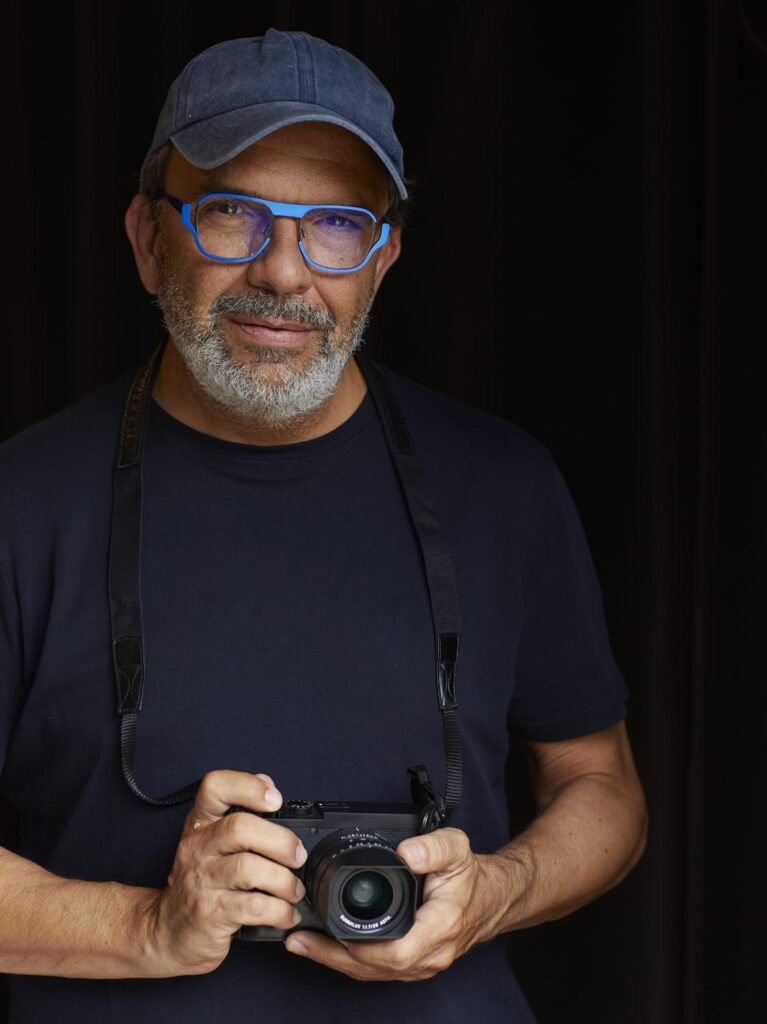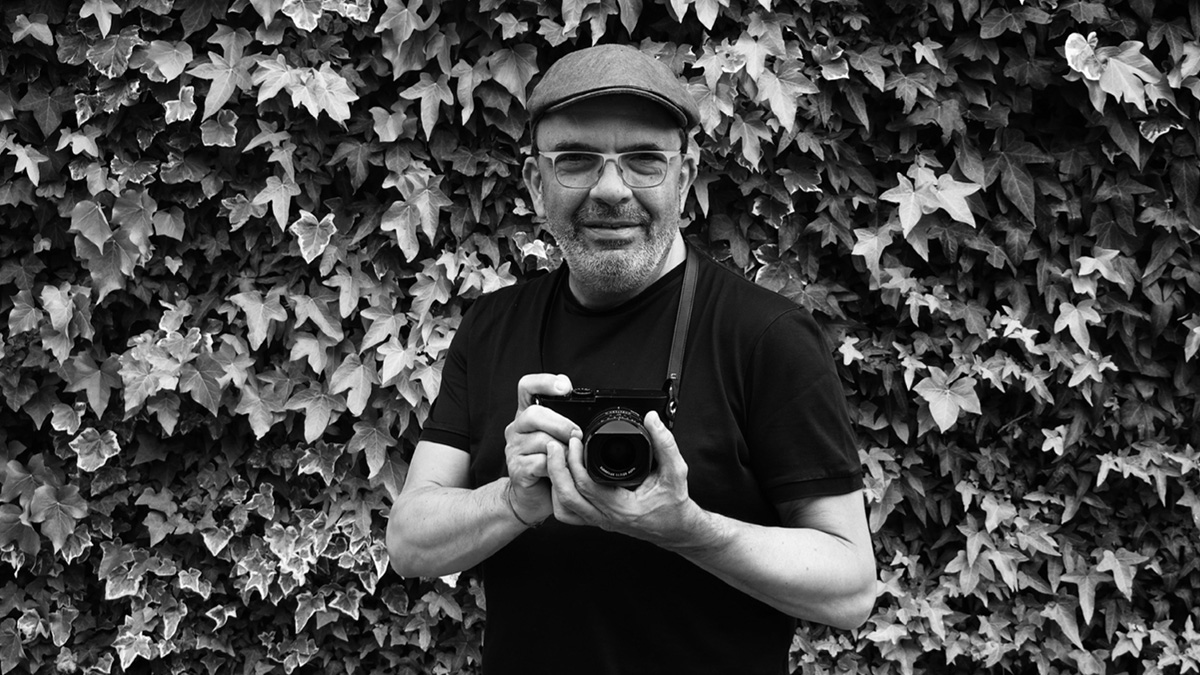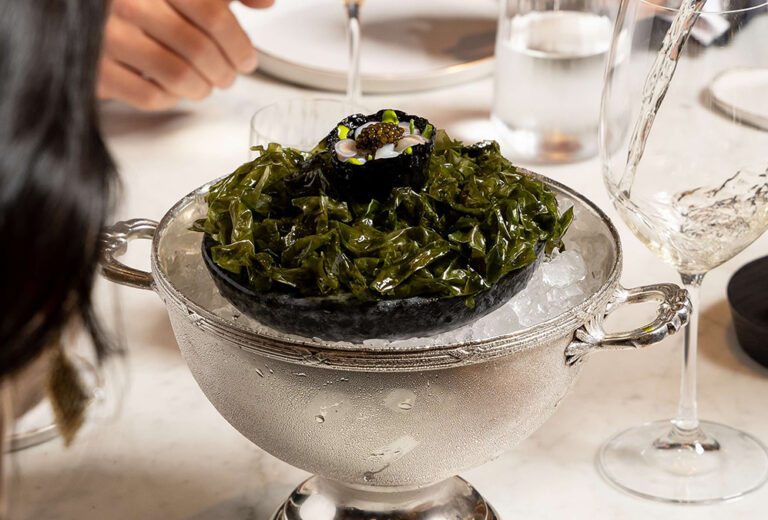Click here to read the Spanish version.
The kitchen outside the kitchens. Jesus Sanchez portrays the exhibition entitled ‘Mirada de chef’ in which he reflects through that concept another of his great passions in life.
The Juan Silió gallery hosts the exhibition directed by the chef that will coincide with the PHotoEspaña festival in the city, and will have a charitable background. The proceeds will go to Caritas Diocese of Santander, which protects the most vulnerable people.
‘Mirada de chef‘, which will be available from August 29 to September 28, 2024, compiles 51 portraits of fellow chefs, men and women chefs who are references of world gastronomy that orbit around the chef’s universe. A series in black and white that he would capture through a Leica Q2 Monochrom, between 2022 and 2023; as an intimate exercise with people who share their experiences and illusions, their adversity and the love that binds them.
Photographic and culinary art
Jesús Sánchez is a reference of Spanish cuisine worldwide, recognized, above all, for his work in front of the restaurant Cenador de Amós in Cantabria, with three Michelin Stars and a Green Star, among other awards such as three Repsol Suns. His figure has also been acclaimed through the National Gastronomy Award and the National Hospitality Award in 2022, and The Best Digital Chef in 2023.

Beyond gastronomy, Jesús has also experimented with photographic art throughout his life. A passion that has materialized in a work focused on the costumbrismo, in his work and in the trips he takes. Sequences that he shares with his clients in the restaurant, where a few years ago he selected 8 of his photographs related to gastronomy, and installed them temporarily.
‘The works on display in ‘Mirada de chef’ go beyond simple portraits of friends and colleagues. Sanchez not only captures a face as a good connoisseur of the portrayed that he is, but always resurfaces in the image a facet that defines his model beyond the kitchen. The relationship between them allows the presence of the camera to be forgotten in almost all cases, allowing him to obtain intimate scenes of great naturalness. Alberto Chicote, for example, is photographed in his favorite environment, the city; the looks of pride and admiration between Paco Morales and his parents in the intimacy of the family kitchen focus his portrait or the case of Dabiz Muñoz or Joan Roca, who were photographed in places where they disconnect from the day to day’.


